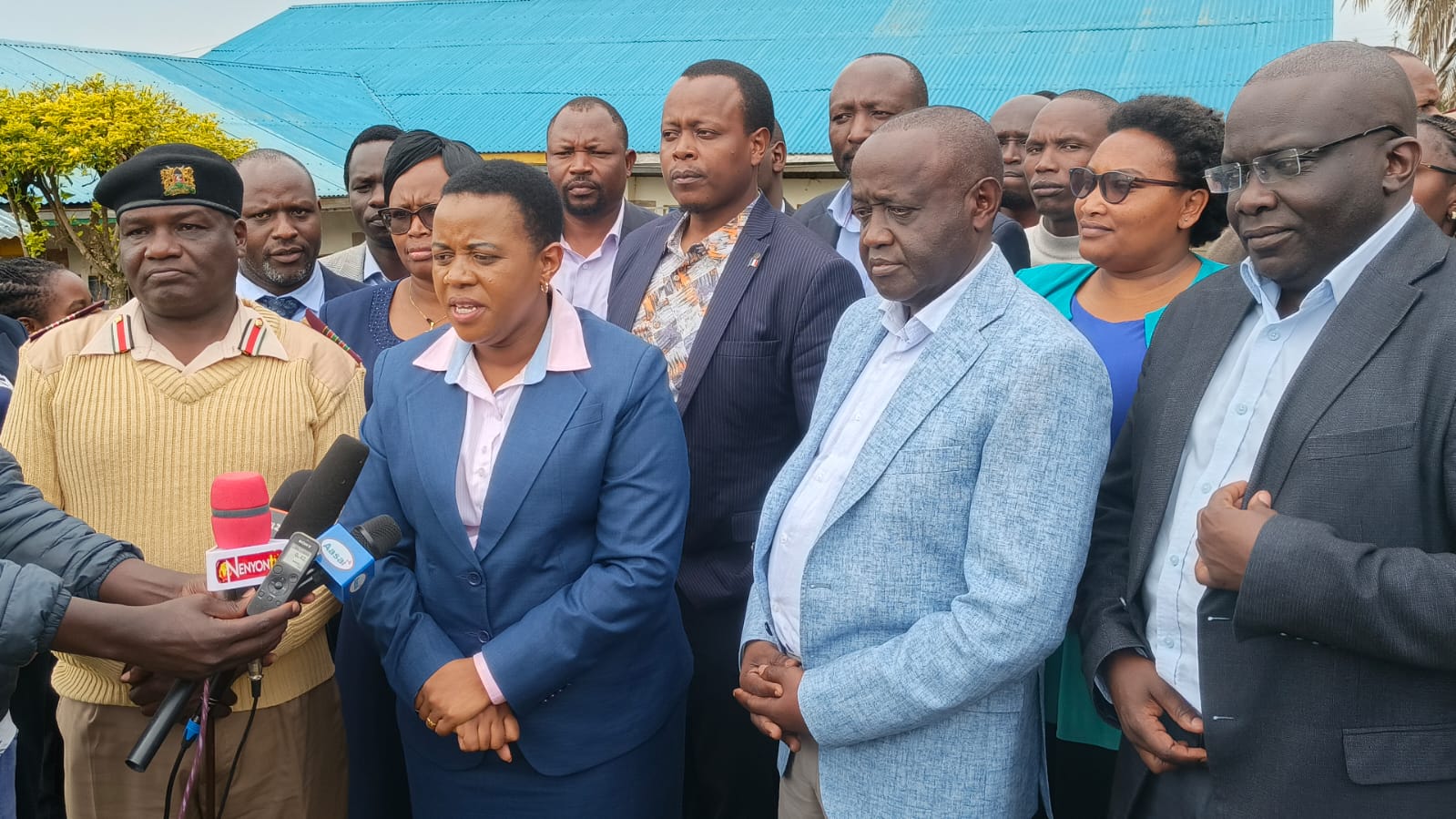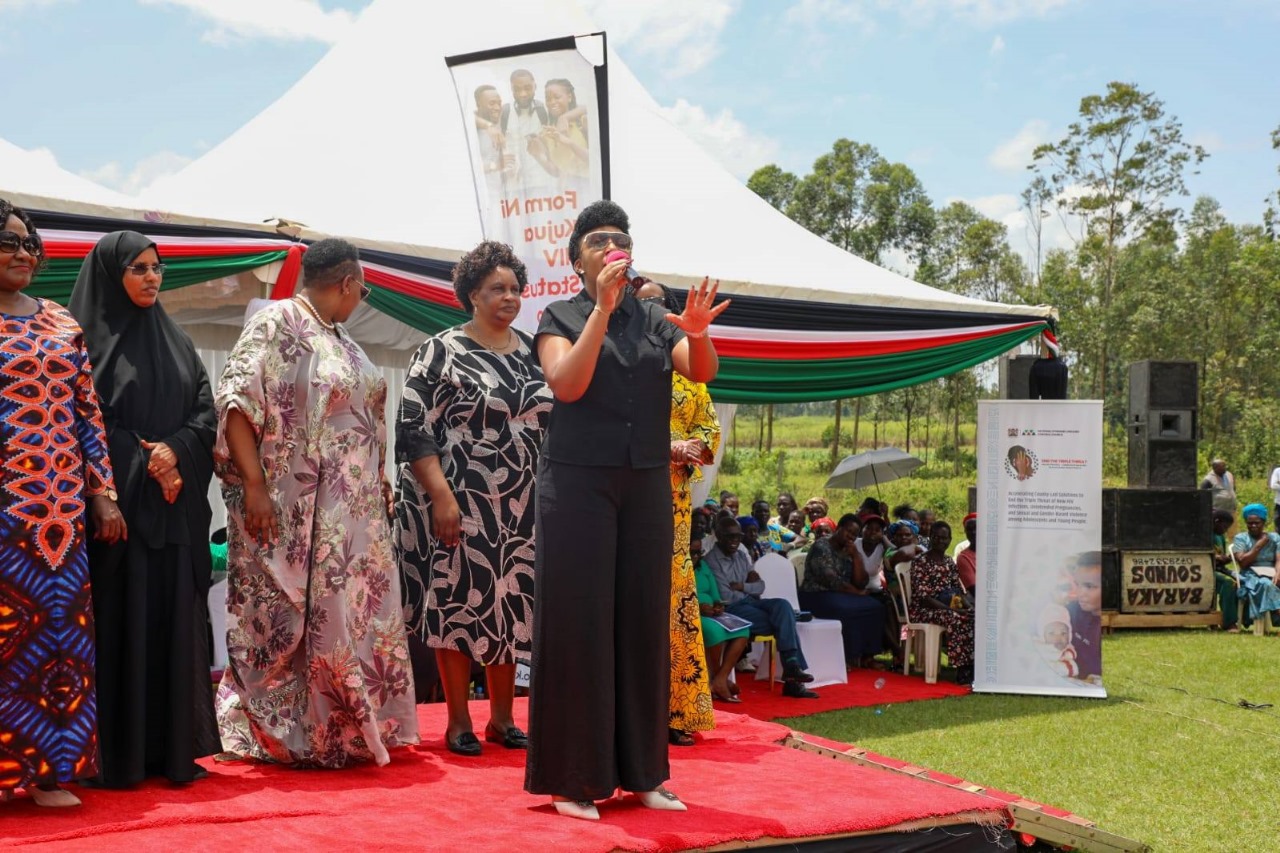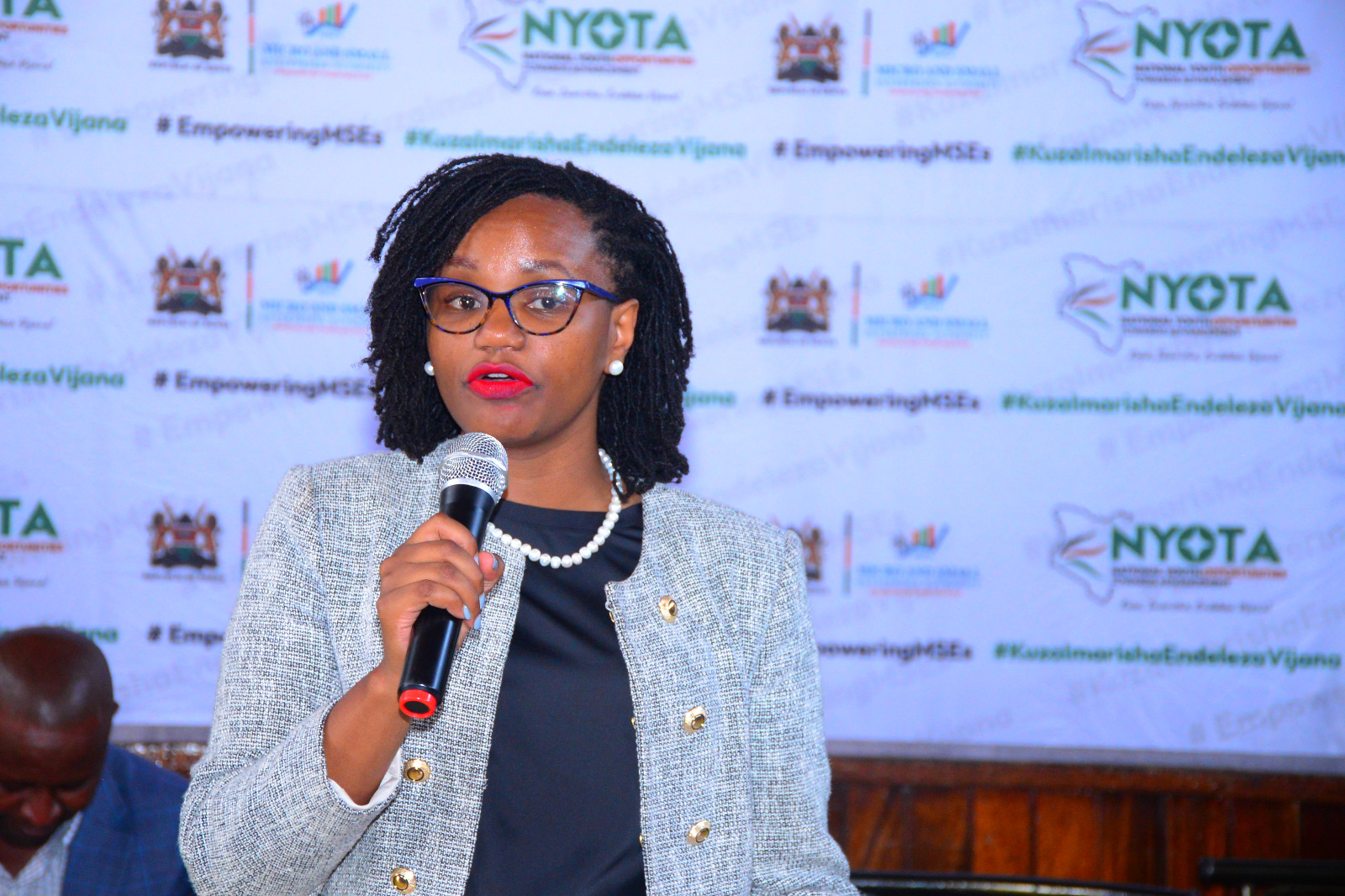Interior Principal Secretary Raymond Omollo has expressed concern over the increasing cases of cattle theft along the Sotik–Borabu border.
Omollo said the crime has fueled communal conflicts, threatened education, and hindered development in the area.
Speaking during a visit to the region, Omollo said the continued livestock thefts have not only strained relations between neighboring communities but also disrupted livelihoods and security.
“Cattle theft has remained a major source of tension along this border. It disrupts families, affects children’s education, and slows down development,” he said.
The PS emphasized the need for joint peace meetings between local communities to find lasting solutions to the menace, urging all stakeholders to take collective responsibility in addressing the problem.
ALSO READ:
Omollo directed national government administration officers to step up anti–stock theft operations and called on residents to work closely with security agencies in combating the vice.
“Security efforts can only succeed if communities cooperate. Let us reject lawlessness and embrace peace,” he added.
He also raised concern over the rising cases of Gender-Based Violence (GBV) in the region, terming the incidents retrogressive and a gross violation of victims’ rights.
“The rights of women and girls must be protected. We cannot tolerate acts that demean or endanger them,” Omollo stressed.
Despite several security installations along the Sotik–Borabu boundary, cases of livestock theft have persisted, with some residents accusing security officers of failing to take decisive action against the culprits.
Omollo urged local leaders, elders, and security personnel to collaborate closely to restore peace and rebuild trust among the affected communities.
By KIMUTAI LANGAT
You can also follow our social media pages on Twitter: Education News KE and Facebook: Education News Newspaper for timely updates.
>>> Click here to stay up-to-date with trending regional stories
>>> Click here to read more informed opinions on the country’s education landscape






